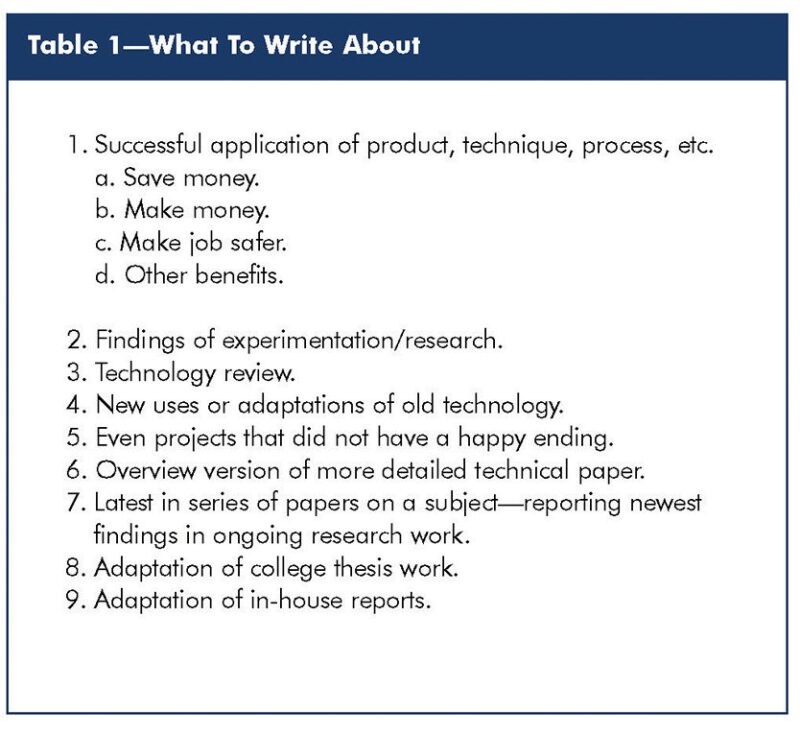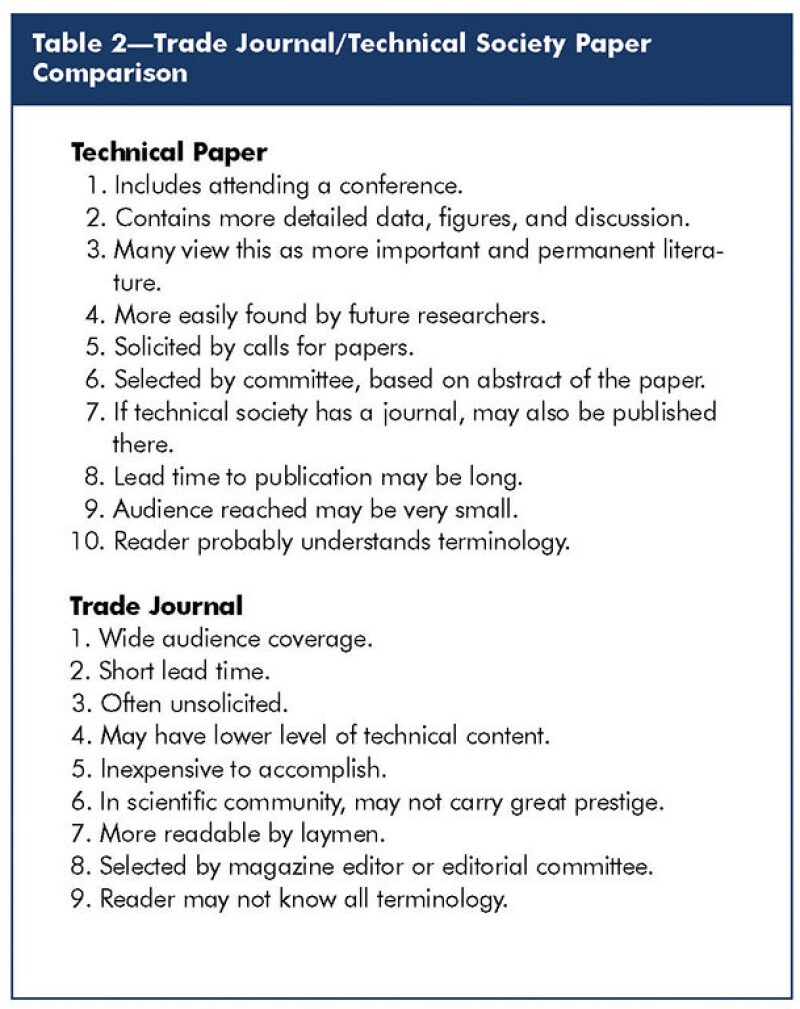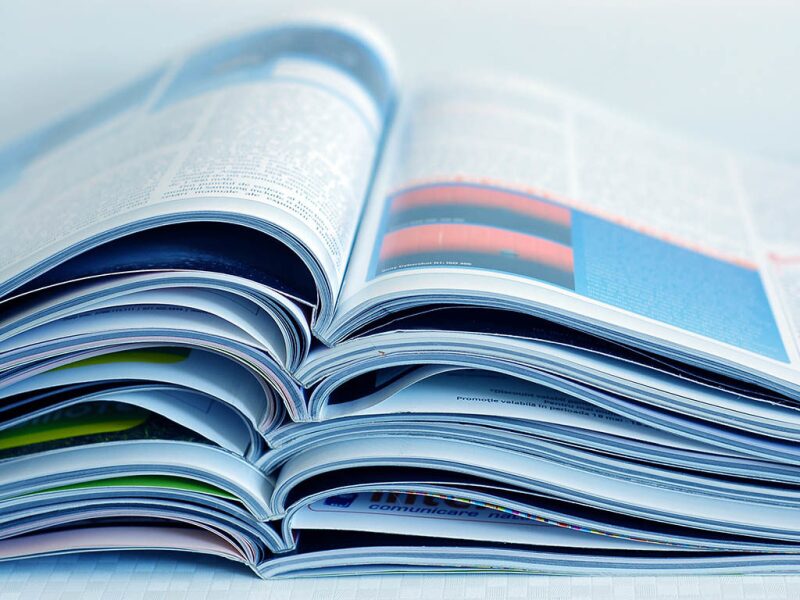If the pillars of industry such as wisdom, truth, commitment, and character could talk to the generation of young professionals about to inherit the oil and gas industry, the world’s energy future would definitely be a bright one. The oil and gas industry contains some of the brightest, most innovative, and most dedicated people who practice in any profession, but the time is coming when they will have to open the door for the next generation. The great crew change is coming, and the benefit from the exchange of knowledge and advice between the two generations is invaluable.
The Pillars of Industry section of The Way Ahead will focus on individuals who have established or distinguished themselves as pillars in the oil and gas industry. They will present their field of experience from a mentorship perspective. The authors will introduce their career and field of expertise, with emphasis on career advice for success in the industry. They will advise on how they would begin, develop, and plan a career if given the opportunity to go back and start over again. Finally, they will predict what the future holds for the professionals who are or who will be involved in the showcased technology.
This section of the magazine will be aimed at educating and offering advice to the broad young professionals’ audience, irrespective of background, previous knowledge, and experience. We understand that there is an extremely diverse professional audience in our industry, and an attempt will be made to try to include as much of the oil and gas industry as possible. The lessons learned will transcend technologies and careers and will hold application for many scenarios. Each article will have something for every reader. I am excited at the potential of this section and what it can offer my fellow young professionals in the oil and gas industry.—Tim L. Morrison
Members of SPE and other energy industry professionals rely heavily on technical papers and technical journal articles for exposure to and communication with customers, other industry professionals, governments, and investors worldwide. Some would-be authors view writing a paper or article as a daunting, and perhaps mysterious, task and don’t know how to begin (or end) the process. This article is offered as a primer to show the methods of getting started and completing a piece of work. Other authors, though prolific contributors, may benefit from some insights offered here as well.
Why Publish?
Many reasons may be cited as motivation for publishing an article or presenting a paper. Some important ones are listed below.
- Enhance company prestige. Widely published companies enjoy name recognition that can lead to substantial business gains and public investment in company securities. Enhance author prestige. Professionals with a great body of work may attract business to their companies.
- Professional organizations often require members to demonstrate continued technical leadership and practice within the industry. A body of technical publications is a valuable means of demonstrating continued industry practice.
- Marketplace exposure is enhanced by attributed publications.
Selecting a Subject
Accounts of successful case histories are widely read and appreciated by readers who can identify with and relate to the author’s concerns, problems, and accomplishment in overcoming adversity. The single thread that runs through most, if not all, case-history articles/papers is: “How did it improve the profit picture for the user?” The reader will be most interested if the author shows a technique or product that can be applied to a real-world situation in a profitable way. Many other subjects make for interesting and readable publication; Table 1 lists several.

Selecting a Venue
So you have decided that you have a subject that is worthy of exposure and you want to publish an article or present a technical paper. Well, which is it? Do you choose to present a technical paper or write an article for a trade journal? Table 2 lists the primary characteristics of papers and articles; contrasts between the venues are stark in some instances. Keep in mind that some of the “characteristics” are actually perceptions in the minds of industry authors.

Major features of the two venues are compared and contrasted below.
- A paper is typically presented to an audience of about 200 people. An article may reach many thousands on all continents within a few weeks or months of its writing. Many times an article will be written from a paper, but months or even years may pass before the article is published.
- Many within the industry view the technical paper as a more important and permanent part of the literature than the journal article and a more prestigious document.
- The paper usually is solicited by an annual call for papers and is selected (or rejected) by a committee of experts. An article can be submitted to a journal at any time during the year and is selected or rejected by an editor or by that journal’s editorial committee, which usually consists of industry experts.
- Space provisions allow the technical paper to present more background, theory, laboratory, and case-history results, as well as general detail. A journal article is often 1,500 to 3,000 words, with several illustrations.
The Writing Process
Within the energy industry, there is a strong push to write papers/articles about new materials or processes to provide marketing aids or to help boost sales. This is good business, but in the rush to get these new processes documented, published, and presented as rapidly as possible, the quality and quantity of information contained in the experimental work and case histories may not be sufficient to support the conclusions made in the paper. Under these conditions, it is likely that the paper will come across more as a sales document than a technical publication.
If you would understand anything, observe its beginning and its development.
Sometimes authors try to extend themselves beyond their areas of expertise. It may seem necessary for the experimentalist to include field case histories in the publication or for the field operations person to include technical content. When an author steps outside his comfort zone, he must ensure that the data and documentation are presented clearly and are sufficient to support conclusions made.
- The following guidelines may enhance your ability to write a better paper/article:
- Research all relevant subject matter including other technical papers, trade journal articles, and/or textbook publications.
- Collect, analyze, and interpret the data and information from case histories.
- Select coauthors who have the expertise to support your areas of weakness so you can use their knowledge and help to assemble the document.
- Seek editing and/or peer review of your draft to help ensure that the information presented is supported and correct.
- Take the time to get good data and validate the data and case histories sufficiently.
- Perform the analysis and interpretation of the data before starting to write the paper. Generate graphs and figures in advance so you can refer to them more easily in the paper/article.
- Keep your figures and information in a clear and concise format that is easy to see and understand.
- Pick a time when you can work undisturbed on the paper for several hours in one stretch.
- After writing your draft, set it aside for a day or two before editing it.
- Use the tools that are available from the SPE website to help you with formatting, symbols, and units, including the SPE Publications Style Guide, Author Instructions, Metric Standard, and SPE Letter and Symbols Standard.
Constructing the Piece
At some point in the writing process, craft a brief title for your work. Avoid the temptation to be clever or humorous, and don’t attempt to tell the whole story in the title. Some authors begin work by writing a title, while some write the title as late in the process as possible.
Technical papers are submitted in the specified format, edited according to published style guides, and are ready to print. Journal articles are often submitted in “kit” form; that is, the package will include printed and electronic versions of a manuscript, illustrations, figure captions, author biographies, and author photographs. There is no utility in applying techniques such as page layout or use of bold headlines because the journal editor will arrange the article to fit into the journal style. Table 3 lists the general components of both papers and articles.
In general, a paper will begin at the beginning and progress logically and chronologically to the end, where conclusions are given. An article will begin with a “lead” paragraph that states the five “W’s and H,” (who, what, when, where, why, and how). The major conclusions are included in the lead paragraph or in the paragraphs immediately following. The abstract of a paper should also contain the five W’s and H and state the major conclusions. If the conclusion section of the paper is quite large or detailed, there is no need to include all of it in the abstract.
Lead paragraphs and abstracts are essentially “contracts” that the author makes to the readers; the author is obligated to explain, defend, and prove all claims made in the lead or abstract. The lead and abstract also serve to let the reader know what is offered in the piece. Be sure to offer enough information to enable the reader to grasp the essential elements of information to be gained from a full reading. A good lead or abstract is especially valuable to future authors conducting research.
Avoid commercialism or promotional language in your paper/article. Technical venues are not the place to write in superlatives about the features and benefits of a product or process. Use of terms such as “new,” “innovative,” or “novel” is inappropriate. If your presentation of the facts and the merits of the product or process cause the reader to conclude that it is innovative or otherwise superior, that is all right. But you should not try to publish a promotional piece under the guise of technical work. Use of product, process, service, or company name should be avoided.
Ron Dusterhoft is Manager of the Halliburton Sand Control Group in Houston, where he is responsible for innovation and marketing. Dusterhoft holds a BS degree in mechanical engineering from the U. of Alberta and has 20 years of experience in the petroleum industry, serving in locations around the world. He has authored and coauthored several technical papers on petroleum subjects.
Jim Giddens is a senior writer for the Energy Practice of Valley Forge Technical Information Services, a technical communications company that provides technical, business, and communications solutions for Fortune 100 companies. Giddens earned a BS degree in journalism from Oklahoma State U. in 1960, served 20 years as a U.S. Army officer, and joined Halliburton in 1980. He retired from Halliburton in 1995. Giddens has written manuscripts for more than 150 published energy industry journal articles and has edited more than 1,000 technical society papers.

